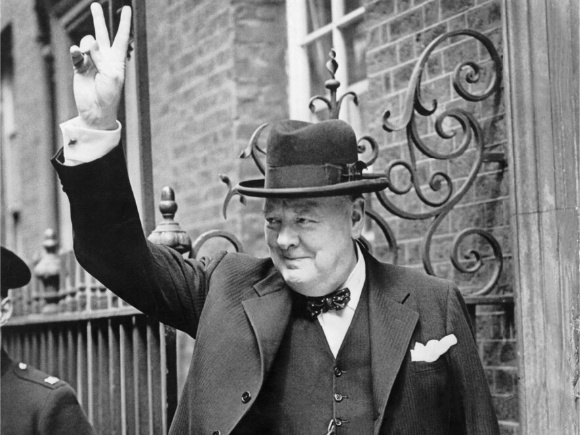
The Wall Street Journal has a fascinating article on the revival of Confucianism happening in China. The comeback, fueled by government backing, seeks to restore the ancient philosophy to the prominence it once enjoyed. Traditional Confucianism emphasizes social rituals, personal morality, and honor for elders and those in leadership.
At the center of this philosophical restoration is China’s President, Xi Jinping. In order to understand why the revival is happening, it is imperative to understand the leader who is largely responsible for making it happen. Among other characteristics, Mr. Xi is known for his sweeping national “China Dream”, a bid to re-establish China as a great world power. He is also known to abhor the Western predilection of personal freedom, instead favoring a philosophy of collectivism and social cohesion through national strength.
A more robust sketch of Mr. Xi is not within the scope of this article, but I bring him up because I believe it is essential for leaders to attempt to understand and study other leaders around them. It is paramount on two levels: the global and the local. By global I mean that we must consider those leaders, both current and historical, who exerted influence on a large scale. By local, I mean those leaders who are closer in proximity and who we might call contemporaries.
Winston Churchill is an excellent model for such consideration. Amongst his more famous histories is a relatively small volume entitled Great Contemporaries, where he reflects on the eminent leaders of his age. From Hitler to Stalin, Lawrence of Arabia, King George V, and Clemenceau, Churchill provides brief vignettes on these leaders from his unique personal perspective.
As you read the mini-biographies, it becomes clear that Churchill was a man who combined immense intellect with an ability to discern the temperaments, moral fiber, gravitas, and influence of those around him. This brief description of Arthur James Balfour, British Prime Minister and Foreign Secretary during the late 19th and early 20th centuries, elegantly reveals Churchill’s mastery of perception:
Our individual contexts as leaders provide a cornucopia of character studies. We all have other leaders we admire, some we loathe, and others we just don’t know much about. It’s easiest to pick up a biography of an admired leader and limit our study to historical figures, but we need to apply the same critical consideration to our contemporaries.
One of my favorite descriptions of the social climate that we find ourselves in is that we live a mile wide and an inch deep. We often have so much going on that we rarely have time to consider anything, let alone other leaders. We are pulled in myriad directions, and the gravitational pull of these forces can cause us to become fragmented, reactive leaders.
Can we really come up with an excuse, however, when Churchill found time to study, consider, and write while engaged in nearly every political office during his life? The book I mentioned, Great Contemporaries, was written in 1937, just a few years before he became Prime Minister and left an enduring legacy of unparalleled courageous leadership during World War II.
Ronald Heifetz, in his leadership classic Leadership Without Easy Answers, encourages those in leadership to “get on the balcony” so they can see patterns and observe what’s happening below in the fray. The great difficulty is balancing being in the middle of the action and knowing when to get up to the balcony to be able to reflect. Churchill certainly knew the importance of both action and reflection, and we would be wise to follow his lead.










